Ertach Kernow - Cornwall its environment and heritage
Now we’re well into September and hoi polloi of mass tourism reduced, now is the time for us who live here to enjoy what will hopefully be good weather and to get out and about. Fantastic June weather was a great opportunity to see something of Cornwall, albeit with some difficulties through the roadworks on the A30. This was followed by poor weather in July and August and with the roads badly congested it made for a couple of miserable months. But let’s look on the bright side, the potential serious water shortage which would have resulted from those months being hot and dry and inundated with tourists who wouldn’t care about saving water has been averted.
The reservoir at Stithians now 61% full and Colliford able to hold 28,540 million litres and Cornwall’s largest and most important reservoir over 55% full against only 38% this time last year. This fell to about 15% at its lowest point in October with drought levels being passed on 30th September. Retention of water supplies in smaller reservoirs at Drift, Argal/College, Crowdy and Stithians is essential as these have to specifically supply some 41,000 ‘isolated’ properties against Colliford which supplies some 276,000 domestic properties. Due to the year round demands on Colliford it does not refill every year and refilling following drought can take up to five years. During summer and drought conditions Colliford is reliant on being supplemented from reserves brought from Park Lake, Stannon Lake and Hawkes Tor, three former clay pits, which act as back up water storage, as well as directly from the River Fowey. What people often forget is these human water supplies also serve agriculture and nature including local animals, birds and varieties of freshwater fish. Careful management of water, as an important environmental resource, has to maintain these reservoirs whilst ensuring not too much is taken from rivers as they too support the environment along their courses.
Cornwall has many sites protected through statute and owned and run by larger heritage groups. Let’s consider Cornwall’s Area of Outstanding Natural Beauty (AONB) which covers twelve locations throughout Cornwall. This offers some protection against unsightly development and covers a total of 370 square miles (236,800 acres) 26.9% of Cornwall. From Hartland in the north bordering with Devon around the Cornish coast to Rame Head below Saltash and the large central block of Bodmin Moor nowhere is far from one of these twelve AONB sites. All having some spectacular views and environmental attractions for visitors to enjoy.
Sites of Special Scientific Interest (SSSI) are scattered throughout Cornwall covering 168 sites, some within the AONB’s. A total of 54,710 acres are split between geological sites 1,276 acres, biological sites 38,217 acres and sites that encompass both types covering 15,217 acres. A SSSI is chosen ‘because of its flora, fauna, or geological or physiographical features’ by an organisation perhaps unfortunately named for Cornwall, Natural England. It’s counterpart in Wales is Natural Resources Wales or Cyfoeth Naturiol Cymru in Welsh. Many Cornish folk dream of the day when Cornwall too will have its own counterparts to English named organisations controlling our own heritage. However, it does help protect areas of Cornwall from the clutches of developers ensuring that the flora and fauna as well as geological natural resources remain undamaged. These areas vary widely in size the largest covering large swathes of Bodmin Moor 12,248 acres, along with other places including Goonhilly Downs 3,141 acres, Penhale Dunes 2,645 acres, the Tamar Tavy Estuary 3,515 acres and West Lizard 1,917 acres. Very much smaller areas include biological site the smallest covering two barns at Trehane Barton, Probus. These barns support a colony of Greater Horseshoe bat, the largest known breeding site in Cornwall, and of only eleven known colonies throughout Britain. The smallest geological site is at Wheal Martyn which was designated an SSSI in 2019. It was notified because; ‘this locality shows megacrystic lithium-mica granite that constitutes one of the principal granite varieties of the Permo-Carboniferous St. Austell mass.’ A wide range of geological sites include historic Cornish mines, quarries, coastal areas and moorland. Biological, geological and sites containing both designations are scattered throughout Cornwall making up some 6% of Cornwall’s landmass.
The UNESCO Cornwall Mining World Heritage Site covers nearly 48,730 acres, a significant part of Cornwall’s historic and environmental heritage and the largest industrial World Heritage Site in the UK. It was muted in 2013 that the UNESCO designation was endangered through possible inappropriate building development within one of the areas. This is something town and parish councils and especially planners at Cornwall Council must take into consideration as the proliferation of often inappropriate development gathers pace in Cornwall.
Cornwall has so much to offer from throughout its wider environment, but also within its towns and villages. Quality tourists who better appreciate the Cornish cultural bounty should be better targeted and encouraged to visit from England and further abroad. Internal tourism is another way of increasing business within our town centres, also helping improve the physical and mental wellbeing of Cornish residents. Activities and appealing places to visit are good reasons to visit a different Cornish town by local people who haven’t perhaps done so for some time. Improved transport links would also encourage internal tourism.
Truro has amongst many things the fantastic Royal Cornwall Museum, regular market and the Cathedral, which could perhaps take the opportunity to increase interest and footfall through its own museum. That was a suggestion I made in a survey some years ago. Bodmin has the former Duke of Cornwall Light Infantry regimental museum now known as The Keep as well as its own smaller Town Museum. Helston has the Museum of Cornish Life, a treasure trove of memories and curiosities which I found fascinating, as well as buildings and nearby places of interest. Bude with The Castle Heritage Centre Museum, in what was the futuristic 1830’s construction by famous Cornish inventor Sir Goldsworthy Gurney, is the centrepiece of Bude and districts history and art in this part of north-Cornwall. The nearby town council complex offers other space for community cultural activity. Both St Ives and Penzance have benefited from their association with former famous artists, historic buildings, extensive galleries and libraries as well as cultural festivals. Following the downturn in mining Redruth is certainly picking itself up and fast becoming a centre for heritage and tourism. Kresen Kernow, Cornwall’s purpose-built archive and record centre brings thousands of people to Redruth each year and soon the former Passmore Edwards library, having been saved, will be used partially as a local cultural hub. Major festivals help promote Redruth and its town centre with a large and enthusiastic St Piran’s Day celebration and their longstanding traditional annual Murdoch Day event. Relocation from Newquay of the annual Lowender Festival of Celtic music, dance and culture will bring thousands of people together from all over Cornwall and the Celtic world to Redruth, a real boon to the town. Liskeard town council working with their local Old Cornwall Society, Stuart House Museum and other heritage and culture-based groups encourage people to visit Liskeard with their annual ‘Liskeard Unlocked’ week.
Cornish villages also have much to offer. As an example, St Neot with its wonderful church containing rare medieval stained glass, nearby holy well and the volunteer supported archive has a wealth of local history to share. Their annual Oak Apple Day celebration brings in people from all over the area. Visiting St Neot is a lovely day out and a chance to see not just this splendid village but also other moorland communities and sites as well as refreshing oneself in a friendly moorland hostelry. Throughout Cornwall many smaller communities put larger towns to shame with their well supported heritage centres and cultural activities. Gerrans Parish Heritage Centre in the village of Gerrans on the Roseland peninsula is located on the site of the old forge, built in the 1790s. Opened in 2004 it shares the history of the parish from pre-history through to the modern day with the village making the most of its historic church. Grampound, supported by the parish council, has a heritage centre with a number of exhibits including panels describing the history of the area. It’s currently undergoing some rebuilding following a vehicle recently crashing into it the building. Central to the village is the Grampound Community Hall, which doubles up as a cultural centre and is a fantastic amenity for a Cornish village. The hall is a venue for theatrical shows; a film club, art and craft fairs, Grampound Beer Festival and antiques markets. I attended a showing of the Cornwall Youth Theatre performance of Sir William Golding’s novel Lord of the Flies to give a brief talk and was amazed at the seating and versatility of this village hall. There are many towns and villages that hold similar events, far too many to mention here.
It's easy to take what Cornwall has for granted, but without the support of communities, volunteers and authorities working together much will be lost or gradually fade away. Towns who look to increase their footfall especially during the tourism shoulder months and winter should consider what heritage and boosting of quality tourism could do for their own economies. Encouragement for creating new businesses basing themselves around a towns central cultural foundation is good for local residents and the towns wider economy. Sadly, some town councils offer little or no support for their own historic and cultural heritage which could do much to encourage both internal tourism and quality tourism from outside Cornwall, shortening what might be termed the close season.
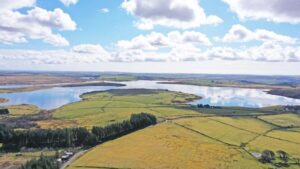

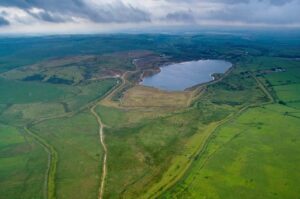
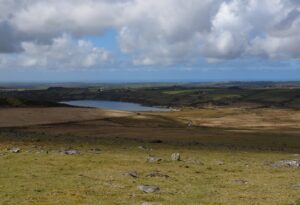
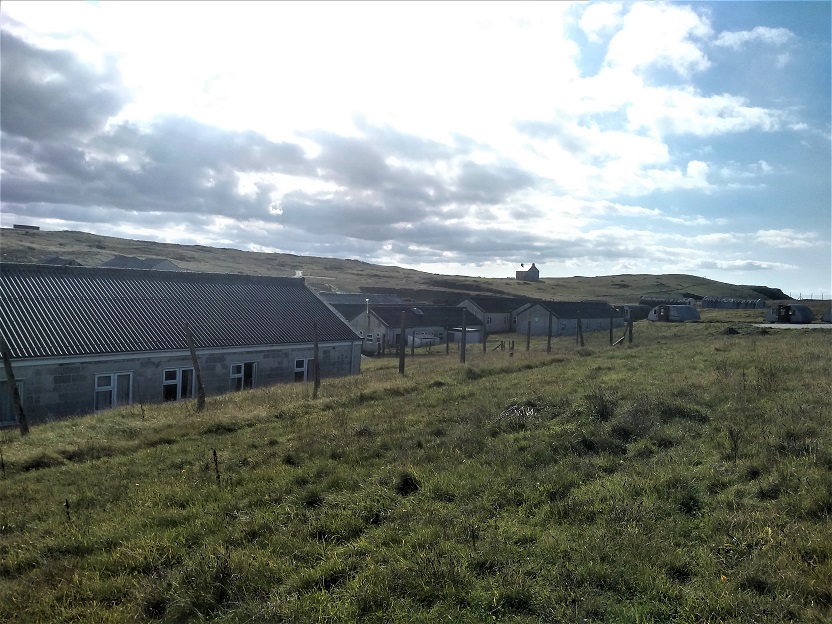
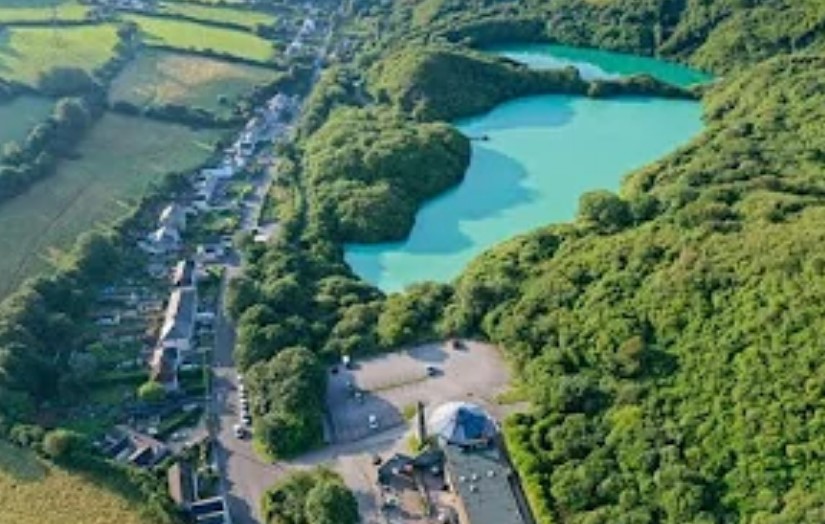
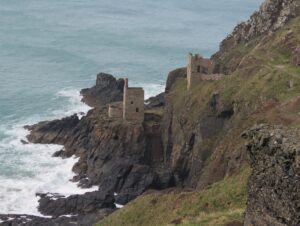
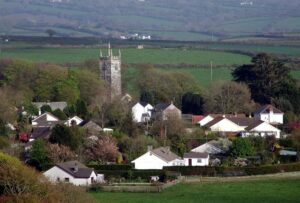
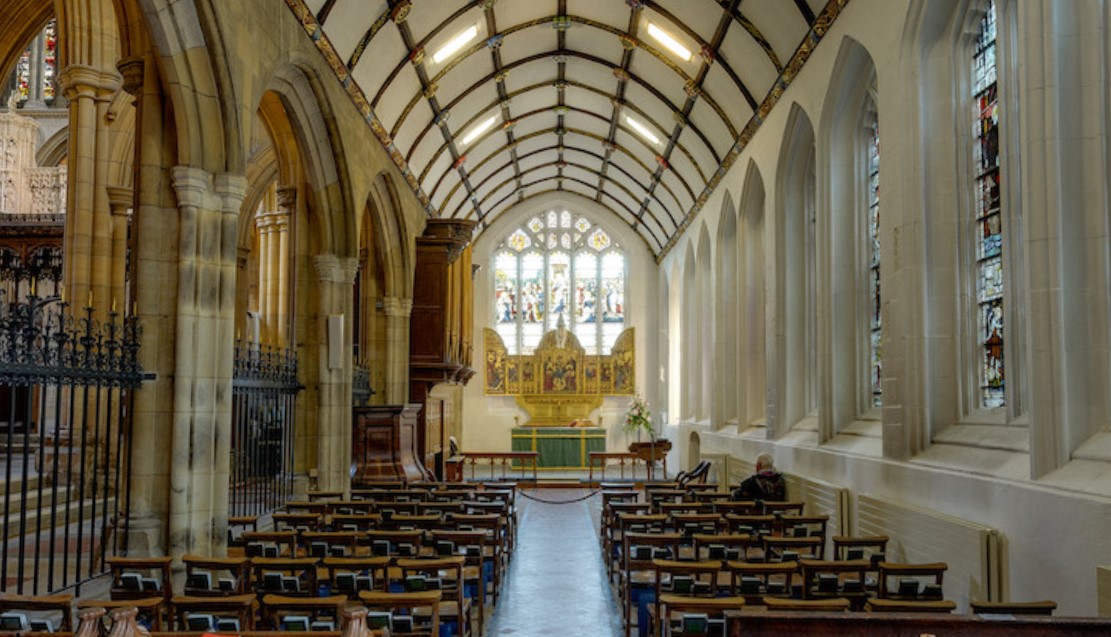
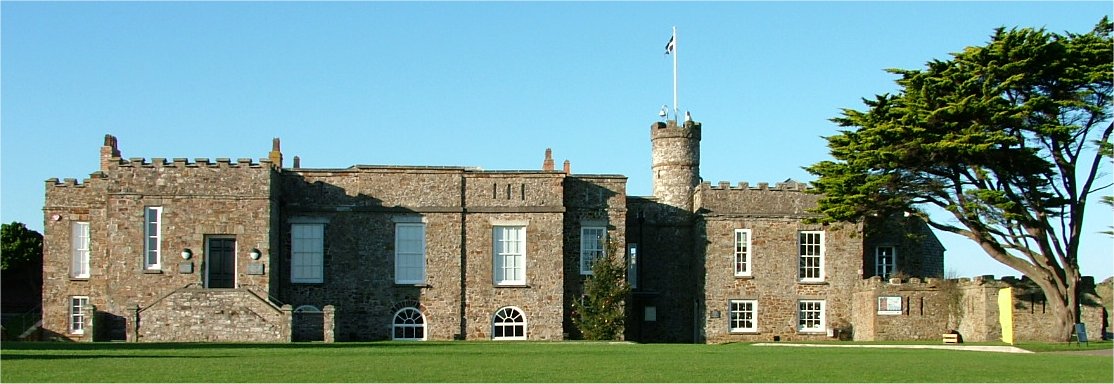
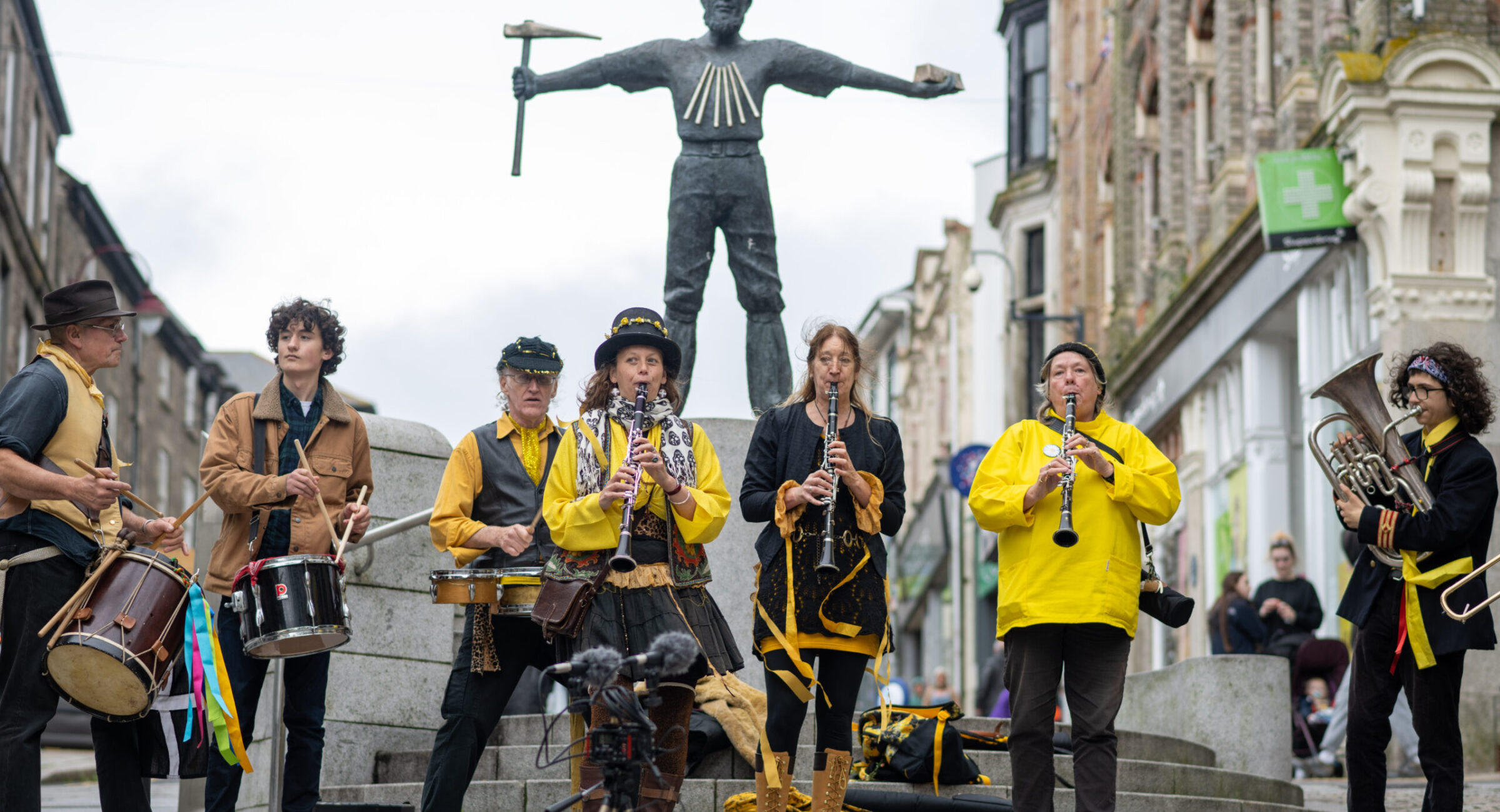
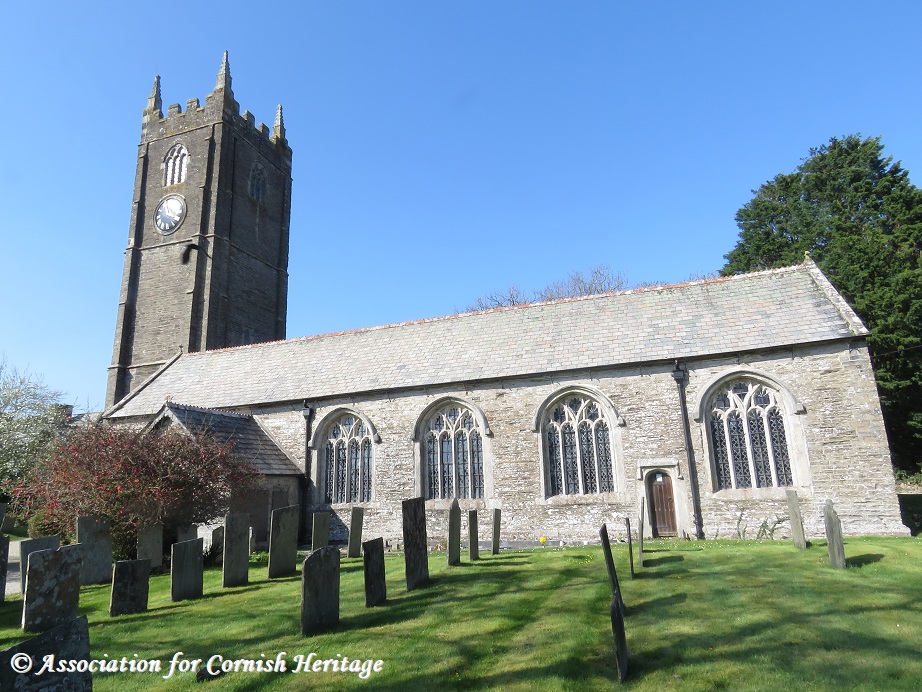
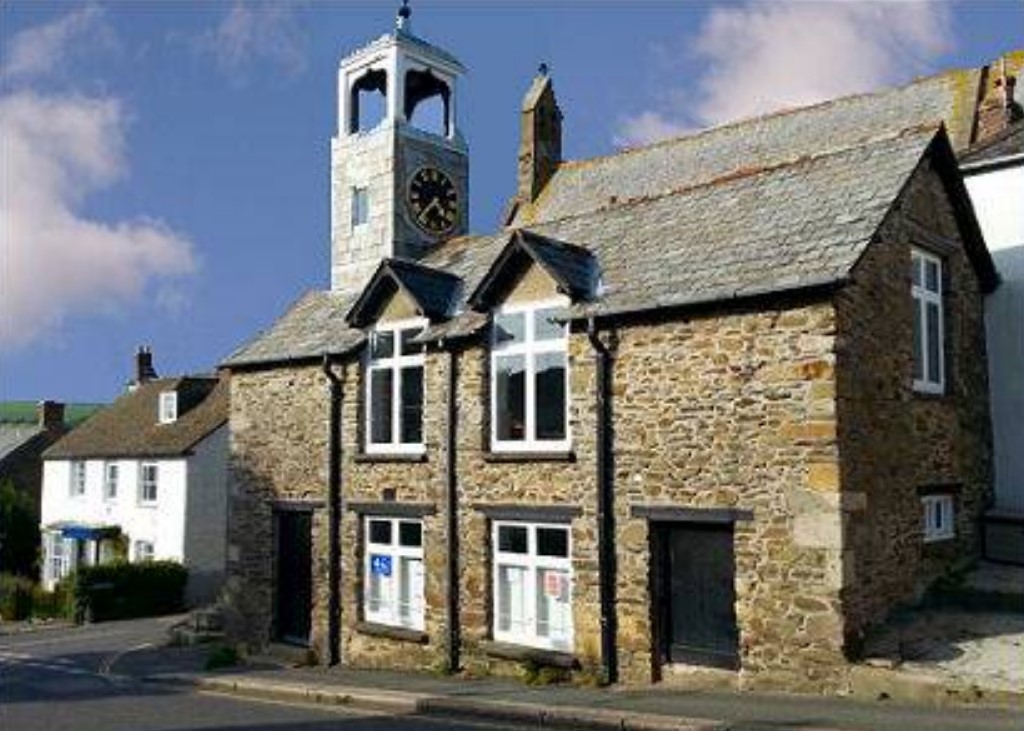
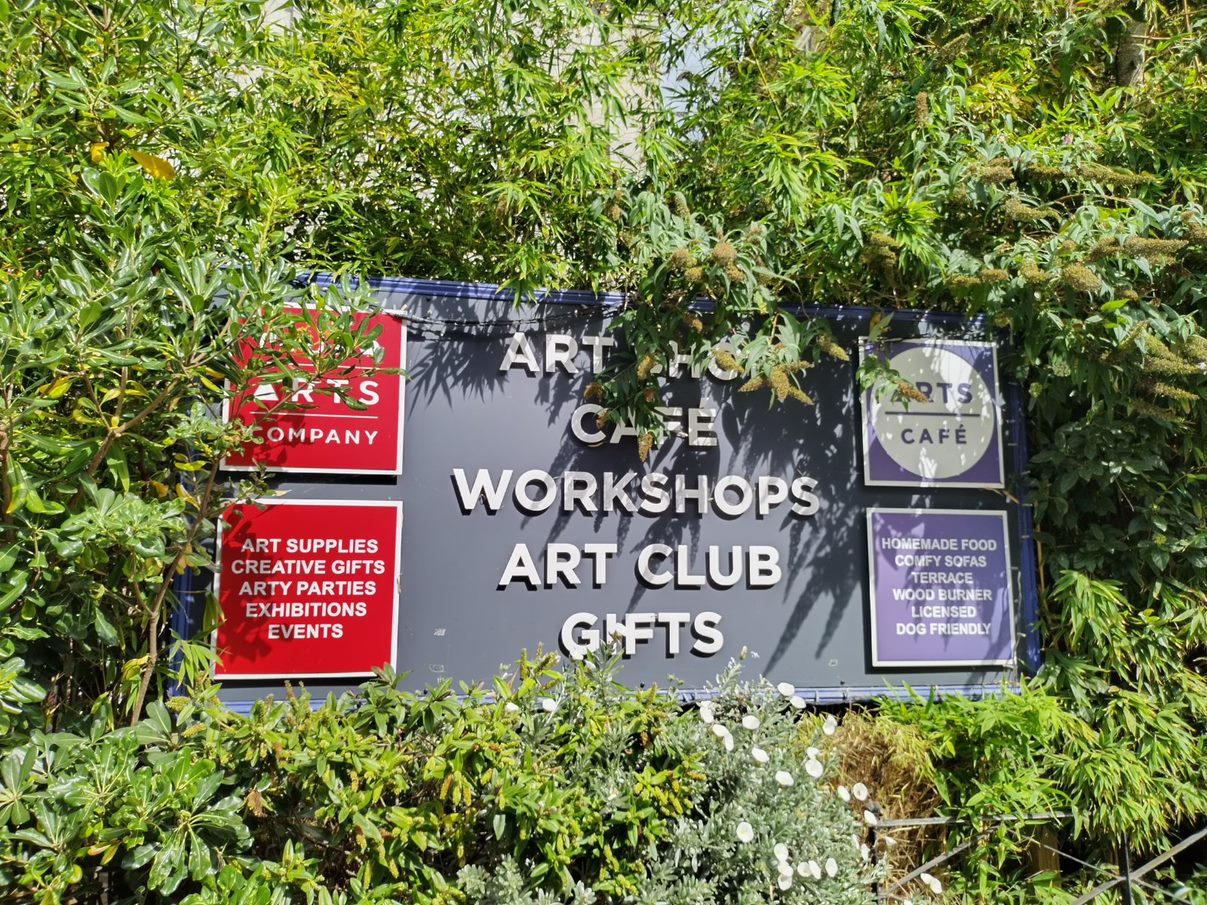
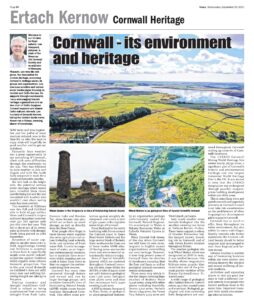
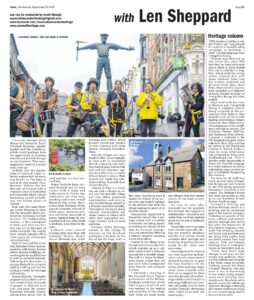
![[169] Ertach Kernow Heritage Column - 20th September 2023 - 'Trengellick Rising' a new Cornish language film Ertach Kernow Heritage Column - 20th September 2023 - 'Trengellick Rising' a new Cornish language film](https://www.cornwallheritage.com/wp-content/uploads/2023/09/169-Ertach-Kernow-Heritage-Column-20th-September-2023-Trengellick-Rising-a-new-Cornish-language-film-290x300.jpg)